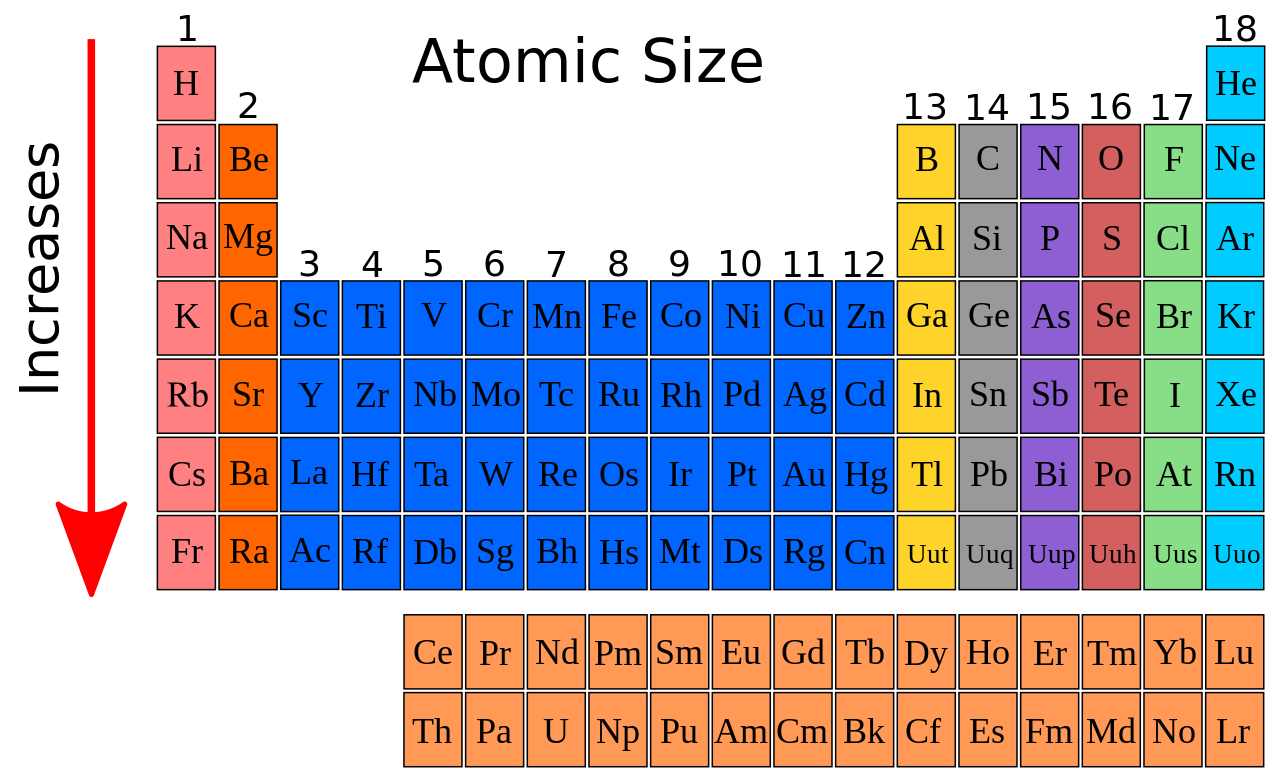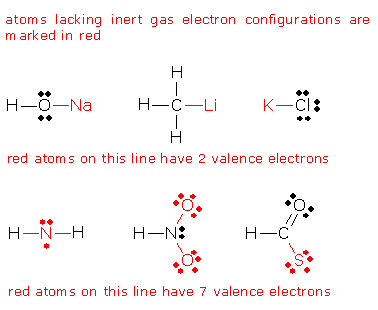How many valence electrons do the noble gases possess in the second period and below in the periodic table? Expert Answer 100% (2 ratings). Screened from the nucleus by intervening electrons, the outer (valence) electrons of the atoms of the heavier noble gases are held less firmly and can be removed (ionized) more easily from the atoms than can the electrons of the lighter noble gases. The energy required for the removal of one electron is called the first ionization energy. The Noble gases are called that because they are naturally resistant to forming compounds with other elements. This is the result of their arrangement of valence electrons.
Learning Objectives
- List the noble gases.
- Describe the electron configuration of the noble gases.
- Describe compounds of the noble gases.
What gives these lights their color?
Cities at night would be rather boring without all the bright lights. They provide colorful Illuminations and help make things much more visible. We call these lights “neon lights,” but they use several gases to make the different colors.

The reactivity of an element can give us important clues as to the electron configuration of that material. If an element is extremely unreactive, this suggests that the electron configuration is such that adding or removing electrons is very unlikely. There must be a stable electron configuration that resists further reaction.
The Group VIII (new group 18) elements are essentially chemically inert (light blue column on the right). All these elements exist as monatomic gases at room temperature. If we look at the electron configurations, we see that helium (atomic number 2) has a full shell of two s electrons. Since there are no electrons shielding this shell from the nucleus, these two electrons will be very difficult to remove, making helium unreactive.
The remaining elements in the group have full outer shells consisting of two s electrons and six p electrons for an outer shell content of eight electrons. This particular arrangement renders the atoms fairly unreactive. This group has been referred to as the “inert” gases, indicating that they are chemically inert, or unreactive. Another popular term is “ noble gases,” suggesting that these gases do not like to have much to do with the other, more common materials (or that they don’t do a lot of work).
The noble gases are the only non-transition-metal elements that have eight valence electrons in their neutral, ground state configuration, but atoms of other elements can produce a full octet - an. Noble gases are highly unreactive due to their full outer shell of electrons. Having a full valence shell of 8 electrons means that the atom is already in its most stable state, and thus, there is no need for the atom to lose or gain electrons.
Noble Gas Compounds
In more recent years, a number of reactions using the noble gas elements have been discovered. Although the conventional wisdom was that the complete outer shells of these elements would not allow them to react, some scientists believed that the outer electrons of the larger elements (such as Rn, Xe, and Kr) were far enough away from the nucleus that they should be able to be displaced under the right set of conditions. The first compound (XePtF 6 ) was made with xenon in 1962. Since then, several compounds have been made with radon, xenon, krypton, and argon. Only helium and neon have not formed compounds at this time.
Colors of Noble Gases
The different gases glow when an electric current is passed through them. Many of these gases are used in displays because of their chemical inertness. They are stable and will not react with other materials in the system. Radon also will give a reddish glow, but is not used because it is radioactive and will not retain its structure as radon for any significant length of time.

Summary
- The noble gases are in Group VIII of the periodic table.
- Helium has a full outer shell of two s electrons.
- The other gases have full outer shells of two s and six p electrons.
- Compounds have been formed with Rn, Xe, Kr, and Ar.
Practice
Use the link below to answer the following questions:

- Where was helium discovered? What does the name mean?
- What does krypton react with?
- What does xenon react with?
- List present-day uses for each of the noble gases.

Review
- What elements comprise the noble elements?
- What state are they in at room temperature?
- Why is helium non-reactive?
- Why were the other noble gases believed to be non-reactive?
- When was the first compound formed from xenon?
- What happens when an electric current is passed through these gases?
Glossary
- inert: Chemically unreactive and can be found in Group VIII in the period table.
- monatomic: Has one atom.
- noble gas: Another term for inert gas.
References
Noble Gases Of Valence Electrons
- User:Ingolfson/Wikimedia Commons. Neon Lights .
- User:Cepheus/Wikimedia Commons, modified by CK-12 Foundation. Periodic Table .
- User:Jurii/Wikimedia Commons. Glowing Noble Gases .




